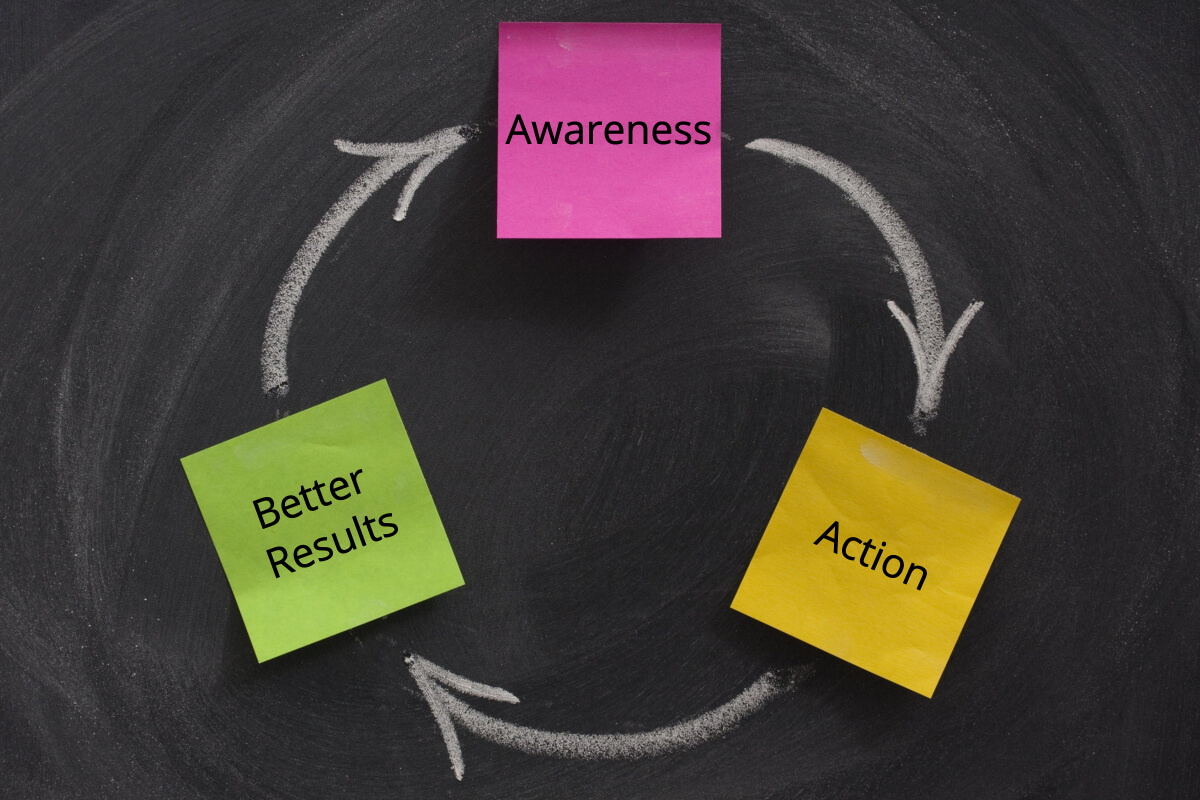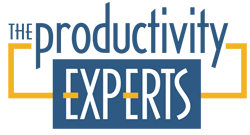Feedback loop cues can give you valuable insight into what’s going on with your business. External feedback loops can provide insight in terms of customer experience, but there are also internal feedback loop cues that tell us when something we are doing isn’t working for us. For business owners, harnessing the power of those internal feedback cues can be just as critical as the external! How well do we listen for and pay attention to that type of feedback?
Tuning in, taking the insight you gain, and using it to make changes can have a huge impact on your stress level, day-to-day operations, and decision making, as well as your potential for success. So, it’s good to start harnessing feedback loop cues and the power they give you to do better and be better.
There are several things to look at when you realize the cues you are getting are calling for change. If you can be open to exploring the cause for the cues, you can find the solutions you need.
Feedback Loop Cues, Productivity, and Stress
Learning to “listen” when something is telling us that what we’re doing isn’t working can be extremely valuable. When it comes to increasing productivity and reducing stress, it’s important to develop an awareness of how feedback loop cues may present for you.

Cues in the form of stress, frustration, overwhelm, or even depression indicate something is off. Feedback cues also let us know all is well, and we feel that as being energized and “in the zone.” Once we start paying attention, feedback loop cues can help us make adjustments as needed.
According to James Clear, in his article How to Master the Invisible Hand That Shapes Our Lives, those cues are called a balancing feedback loop and they can give us direction regarding what we should do more of, as well as what needs to change.
There can be a number of reasons why you’re getting the feedback loop cues you are, but habits, behaviors, and personality style are the first things to look at when you’re feeling internal struggle. Stress, distraction, and lack of motivation are common cues that you’re fighting a losing battle against yourself. When you feel like you’re fighting a battle against yourself every day, it’s time to take a look at what you are doing, how you are doing it, and why you do it the way you do.
Your beliefs, behaviors, and Natural Productivity Style all influence what you do, how you do it, and why you do it. When those three things are aligned to help you work your best, it makes all the difference. When they are not aligned, it makes things much harder than they need to be.
Let’s start with Natural Productivity Style. Your Natural Productivity Style is a collection of personality traits that are unique to you. Those traits can influence so many things like…
- whether you are more proactive or reactive
- whether you are more daring or conservative
- whether you work better under pressure or need a slower pace
- whether you are more analytical or careless
- how you communicate
- how you make decisions
- whether or not you are prone to procrastination
- whether you are a perfectionist or believe that all is good as long as it is done
Just looking at that list, it is easy to see how your unique personality style can really have an effect on who you are as a business owner. So many of the things you do every day can be driven by these factors you might not even be aware of. That can not only affect the levels of stress and overwhelm in your days, it can also affect your ability to make meaningful changes when you need to.

So, how can you gain insight and get to the heart of what would work better for you?
The Natural Productivity Style assessment looks at both your natural and adaptive tendencies. There are no right or wrong answers, or good vs bad styles. It all just gives you information to work with, so you can determine your strengths and weaknesses, and how you can adapt your habits and behaviors to serve you better.
It can also give you an idea of where you might struggle in terms of making changes to habits and behaviors that aren’t serving you – those habits and behaviors your feedback loop cues are trying to alert you to. When you are armed with valuable insight, you can start making meaningful changes that last.
You’ll no longer be driven by doing things a certain way just because you have always done them that way. You will be consciously evaluating, understanding, and making informed choices. You will also be identifying and learning to work within your strengths more than ever before, as well as clarifying your weaknesses and developing a strategy for addressing those. All of that will help you make better decisions for your business and put the right processes in place to send your productivity soaring. When you do that, your feedback loop cues will be dramatically different – for the better.
Feedback Loop Cues, Beliefs, and Behaviors
Now let’s look at beliefs and behaviors. We all have beliefs and behaviors that can either help us or hinder us. Understanding where they came from can offer valuable insight – on a number of levels. One of the most important points to note when looking at your beliefs and behaviors is that they can be either conscious or unconscious. Unconscious beliefs and actions could be a big part of any struggles you might be having – and the feedback loop cues that are trying to get your attention.
Business finances is a good example of where this might apply. If you have certain beliefs and behaviors around how you manage the valuable resource of money, and also have feedback cues alerting you to the fact that those beliefs and behaviors might need to change, it’s important to listen.

You might be surprised by how many business owners ignore feedback cues when it comes to money. We’re stressed, we worry and have anxiety about the amount in the bank, and even entertain recurring thoughts of applying for a “real” job, but we tell ourselves “Every business goes through periods of feast and famine”… or “I’ll pay
myself next month when the account is more flush”… or “If I just snag that one big client, everything will be all right.” Denying warning signs is very easy to do. We might even see it as being optimistic, right?
Unfortunately, ignoring feedback cues telling you something needs to change in your finances can be the beginning of the end for a business owner, since money is the lifeblood of any business. At the very least, pretending the problem doesn’t exist creates a lot of unnecessary struggle. For most people, money management is one of those skills in life that has to be learned. Feedback loop cues telling you something isn’t right – like stress, worry, and losing sleep over finances – shouldn’t be ignored. If you are getting those cues, it’s time to take action and consciously make some different choices.
Responding to Feedback Loop Cues
The key to harnessing the power of feedback loop cues is tuning in. Any time you feel stressed, anxious, or overwhelmed in your business, stop and pay attention to what your mind and body are telling you. Then be curious about where the cues are coming from and explore what needs to change to bring balance to the situation.
If you’re concerned about being able to make the changes that need to be made, or aren’t sure where to start, get some support. A mastermind group or trusted friend might be a great choice if you just need some accountability for changing a few things, but don’t rule out a good business coach if you think there could be things you’re not aware of holding you back.

I offer two options for professional assessment to help you really get a feel for where you are and make some meaningful changes that last. One gives you your results in a 22-page report you can review yourself. The other option gives you the 22-page report as well as time with me to review your results and translate them into effective strategies for you and your business. You can see both options HERE.
You can make changes to beliefs and behaviors – even those you have carried with you for a long time. You can also learn to work better and smarter, if you just take the time to learn more about how you work best and tune into what internal feedback cues are telling you. When you do, you can start responding in a way that effectively addresses the underlying problem. Awareness and intentional action are always a good way to go.



